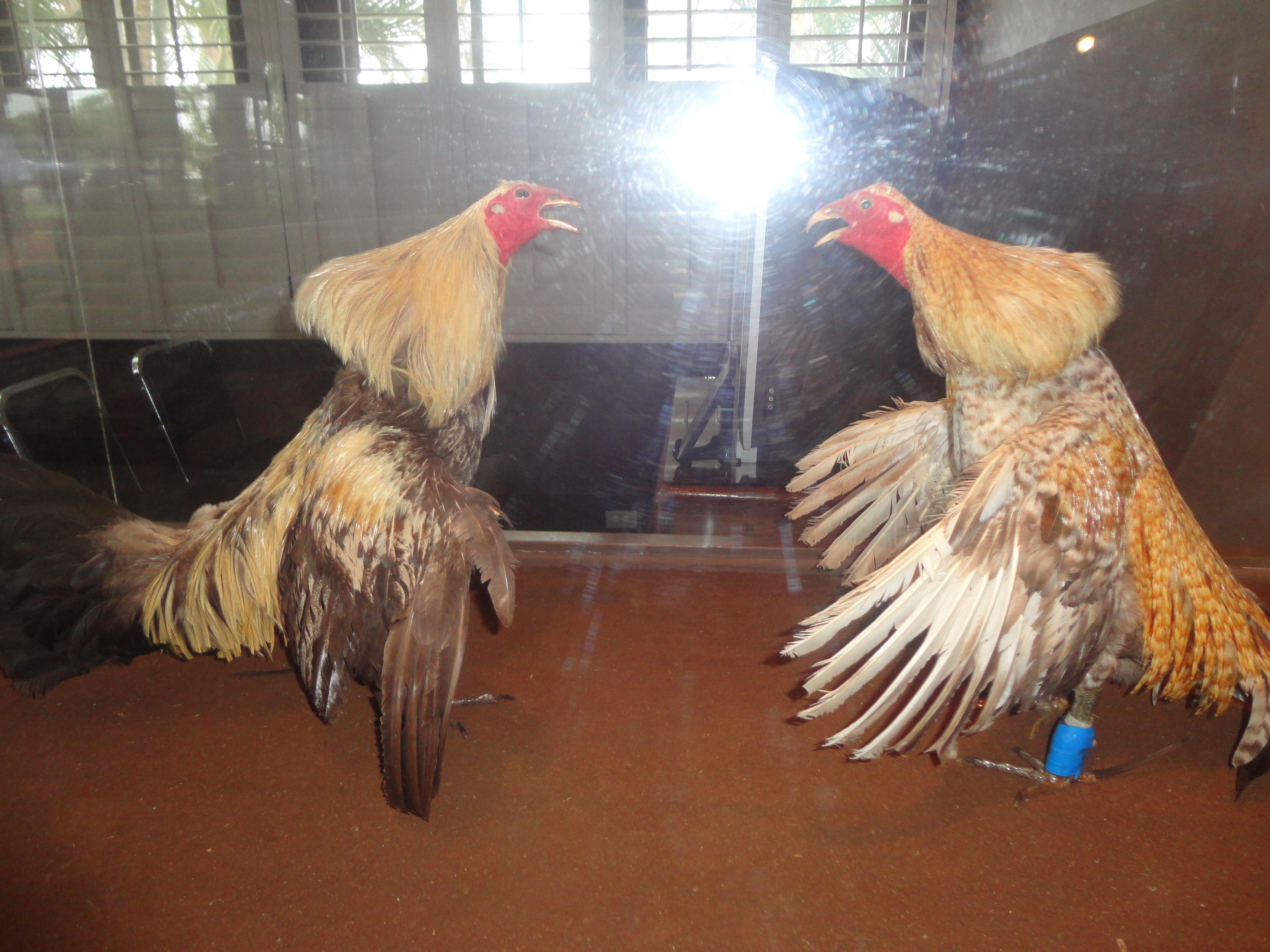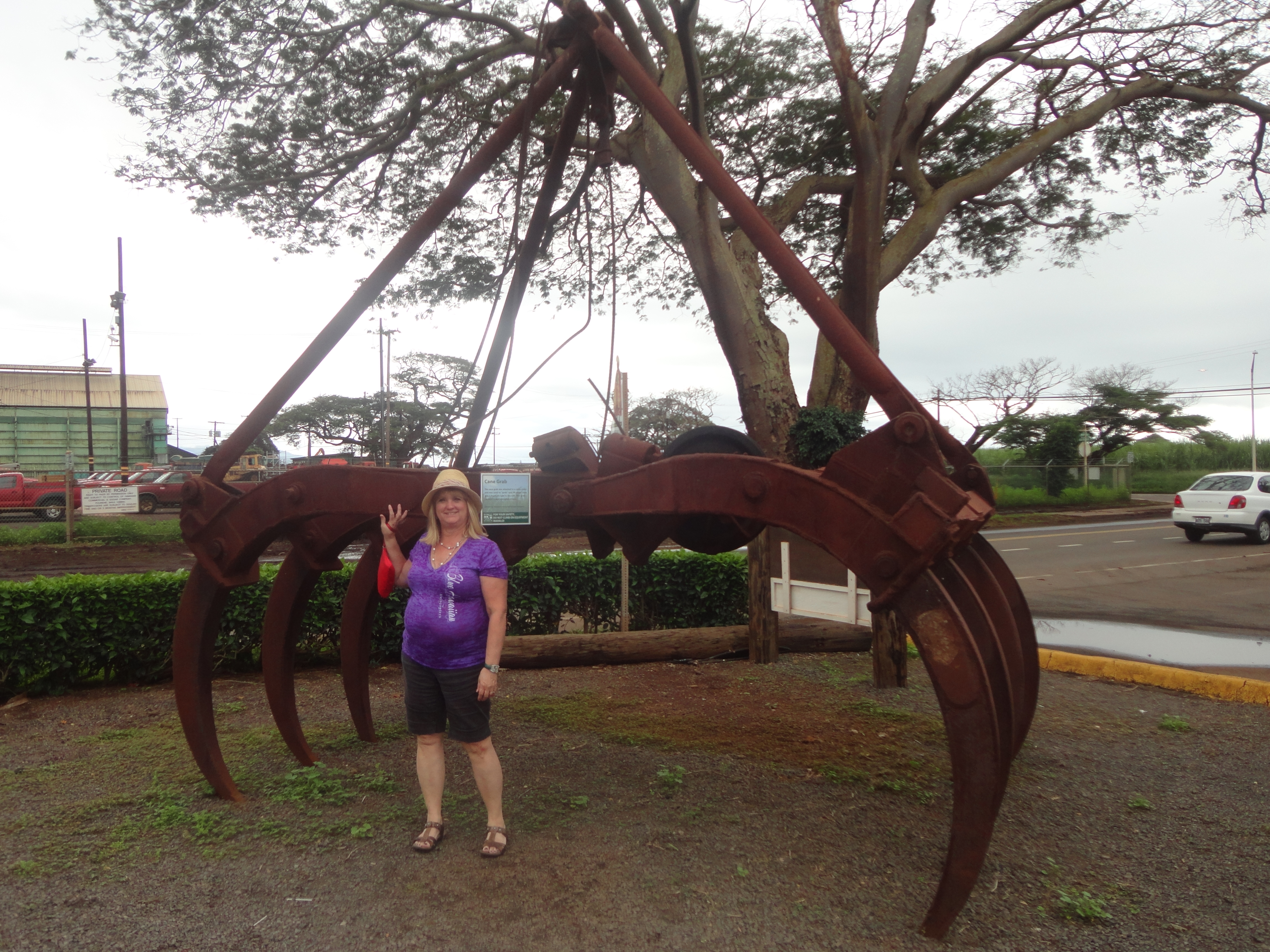The Sugar Museum, a sweet history
The Alexander and Baldwin Sugar Museum covers the history a business venture started by two men, Samuel Thomas Alexander and Henry Perrine Baldwin. Both sons of pioneer missionaries the two young men met in Lahaina, Maui and forged a friendship that developed into a sugar-growing partnership.
While it was the equipment that drew me to this for an upcoming article in Heritage Iron it was the fascinating sugar culture and tropical sugar growth that held my interest. The Sugar Museum is located next to the to Hawaii’s largest working sugar factory, the Hawaiian Commercial & Sugar Company in the historic plantation town of Puunene.
The museum covers an empire that a childhood friendship began. Made up of six rooms the museum is filled with exhibits that share stories of the history of that developed with the advent of the sugar plantations, work camps and industries that surrounded that growth.
Outside visitors will find an array of agricultural equipment that was used to grow, harvest, transport and process the sugar.
Although tourism has replaced sugar as a leading industry vestiges of the reminders of the sugar empire remains. The story of Alexander and Baldwin live on.
Samuel Alexander became a teacher in Maui. He and his students successfully grew sugar cane and bananas. History on the Alexander & Baldwin Inc. (A&B Inc.) website states, “Word of the venture spread to the owner of Waihee sugar plantation near Wailuku, and Alexander was offered the manager’s position. He hired Baldwin as his assistant, who at the time was helping his brother raise sugar cane in Lahaina. This was the beginning of a lifelong working partnership.
In 1869, they purchased their first 12 acres and bought 559 the next year. Within seven years they were seeking a reliable source of water for their crop and here the genius of Alexander shined in an unusual way. The A&B history records, “Although not an engineer, Alexander devised an irrigation system that would bring water from the windward slopes of Haleakala to Central Maui to irrigate 3,000 acres of cane – their own and neighboring plantations. Baldwin oversaw the Hamakua Ditch project, known today as East Maui Irrigation Company (the oldest subsidiary of A&B), and within two years the ditch was complete. This system would later become a model for similar Hawaii irrigation projects.”
The business expanded with more plantations and the purchase of the Hawaiian Commercial & Sugar Company and Kahului Railroad. The two incorporated and today the company is still in business today.
The Geography Room offers information about Maui’s geography and weather patterns that influenced the development of the sugar industry and outlines Alexander’s development of the extensive irrigation system. The Water Room expands on how water was moved and the labor that went into this endeavor.
In the Human Resource Room information about Alexander and Baldwin and the pioneers who established Maui’s sugar industry along with artifacts, photos and documents (including labor contracts written in Hawaiian, Japanese and Chinese) are on hand.
In their Sugar Museum News the offer stories of the past that provides insight into life in one of the plantation camps. Virginia “Verje” Rolland who lived in Lower Camp 3 stated, “We lived in a multi-ethnic community, i.e. Filipino, Japanese, Puerto Rican, Hawaiian, Portuguese etc. There was no animosity. We shared food, good times, looked after each other’s homes, children, etc. with no question, simply love and caring…”
While life wasn’t always easy, in fact from the photos shown, it looked to be quite labor intensive, a way of life that evolved into the Hawaii of today emerged from this time and influx of people who changed the islands forever.
Log onto http://www.sugarmuseum.com/index.html or f http://alexanderbaldwin.com/our-company/history or more information.





